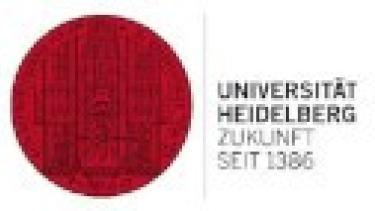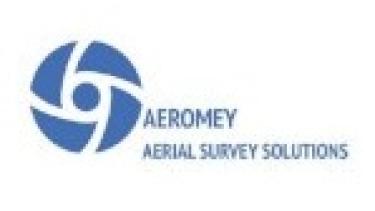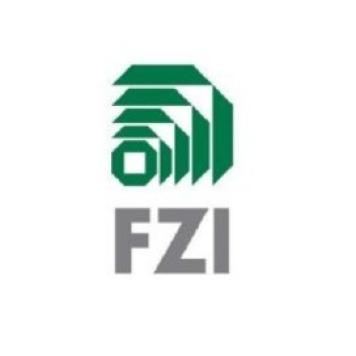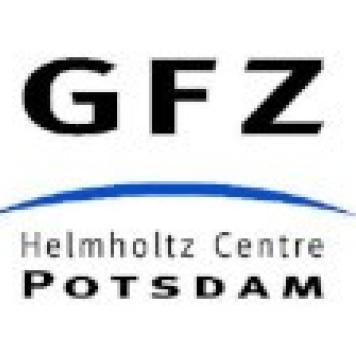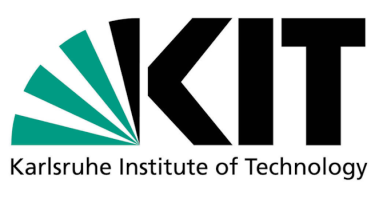Research LOKI
General information
A full overview and detailed description of the LOKI project and the functionality of the developed modules is explained in the extensive LOKI Wiki. Code of the modules developed in LOKI is hosted and documented on GitLab.
-
Funding: Federal Ministry for Education and Research (BMBF),
- Funding code: 03G0890A
- Funding priority: Früherkennung von Erdbeben und ihren Folgen
- Duration: 2020 - 2023
- Project coordinator: Prof. Bernhard Höfle, Insitute of Geography, Heidelberg University
-
Project partners:
- Heidelberg University: Prof. Bernhard Höfle, Prof. Alexander Zipf
- Aeromey GmbH: Heiko Mey
- FZI Research Center for Information Technology: Dr. Katharina Glock
- German Research Center for Geoscience (GFZ): Dr. Danijel Schorlemmer
- Karlsruhe Institute of Technology (KIT): Prof. Lothar Stempniewski

News
Find latest project updates in the “Stories” chapter of our LOKI GitLab Wiki.
Follow further project updates on X/Twitter: #LOKI #BMBF.
Final project report:
- Zahs, V., Kohns, J., Meyer, F., Schorlemmer, D., Anders, K., Klonner, C., Mey, H., Oostwegel, L., Zadeh, T. & Höfle, B. (2023): LOKI – Luftgestützte Observation Kritischer Infrastrukturen. Schlussbericht. Ruprecht-Karls-Universität Heidelberg, 120 S. DOI: 10.2314/KXP:1885697937.
Motivation
The aim of the LOKI project is to develop an interdisciplinary system that enables fast and reliable airborne situation assessments following an earthquake. The system will serve to reduce longer-term damage after an earthquake by recording information on the current situation as efficiently as possible, thereby enabling remediation actions to be undertaken within appropriate timescales. A central focus is the timely overview and detailed recording of the damage to critical infrastructures, such as lifelines (bridges and roads), health care facilities and public institutions (e.g. schools). LOKI will improve the response time and reliability of information provided in the event of an earthquake, and enables better use of existing resources and emergency forces. The objectives will be met by combining existing expertise in earthquake research with a variety of new technologies and concepts, including machine learning, crowdsourcing, Unmanned Aerial Vehicles (UAVs, flying drones available for civil use) and 3D monitoring.

Project partners and their research focuses in the project
Heidelberg University serves as the coordinator of the research project, which is a collaboration between several project partners. Within this collaboration, components and services developed by the individual partners will be integrated into a single system.
Table
Project Video
Collaboration partners
Table
Institute of Geophysics National Central University (NCU), Taiwan |
